Near Eastern cannabis landraces. For ‘drug-type’ cannabis landraces, the Near East comprises a distinct zone encompassing West Asia and the East Mediterranean, including Turkey and Egypt. Overlooked in popular and academic understanding of cannabis botany, in its broadest sense this region encompasses the landraces of the Balkans and North Africa, including Morocco and Greece.
Authentic cannabis landraces from the Near East region are quite close to the classic Indica. However, compared to Afghan types, landraces from the Near East are typically much earlier maturing: harvest often begins as early as mid August or early September.
Most Near Eastern cannabis landraces exhibit semi-dwarf architecture. Morphology within the population of one such landrace can range from columnar single-stem to heavily branched. For breeders, columnar architecture is essential for creating high-density, high-harvest index advanced cannabis cultivars.
Central fan-leaflet width ranges from quite broad to narrow, though typically toward the narrow end of the spectrum by maturity. Aficionados often view Near Eastern / East Mediterranean landrace strains as fast, compact Sativas. This popular view is related to their typical type of effect being more euphoric than the sedation generally associated with Indicas.
Cannabis culture in the Near East region has tended to utilize cannabis in bud form more often than is the case in Afghanistan and the rest of Central Asia. This tendency has increased over the last century due to prohibition, particularly in Balkans countries such as Greece. Consequently, many Near Eastern cannabis landraces have undergone more frequent individual plant selection for use as sinsemilla / ‘semi-sensi’, resulting in higher typical THC levels, sometimes comparable in potency to tropical Sativa landraces.
The Indica-like characteristics of Near Eastern cannabis landraces could perhaps be explained by the historic diffusion of hashish culture out of Central Asia in the early thirteenth century. Following the Mongol conquests, hashish – in its general sense of cannabis, not resin per se – rapidly went from relative obscurity across the Middle East to mass popularity as far westward as Islamic Spain. By the nineteenth century, Levantine smuggling networks were supplying seed and techniques to hashish farmers around the Eastern Mediterranean, notably including the Peloponnese.
A further factor shaping Near Eastern cannabis landraces is likely to be the introduction of tropical landrace germplasm (i.e., Sativas) from India through ports such as Aden, which certainly imported taxed ganja from Bombay from at least as early as the 1890s.
In other words, the Near East and its peripheries may be a zone of hybridization between the two formal domesticated varieties of subsp. indica, namely var. indica (Sativas) and var. afghanica (Indicas). Plausible examples of such landraces are our Sudanese and Iranian accessions.
Showing all 13 results
-

Arcadian
Price range: £40.99 through £81.49 Select options This product has multiple variants. The options may be chosen on the product page -

Beldia – Rif Mountain (Ketama)
Price range: £12.49 through £24.99 Select options This product has multiple variants. The options may be chosen on the product page -
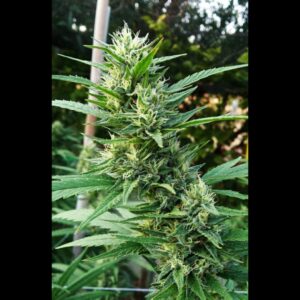
Cretan
Price range: £36.99 through £73.49 Select options This product has multiple variants. The options may be chosen on the product page -
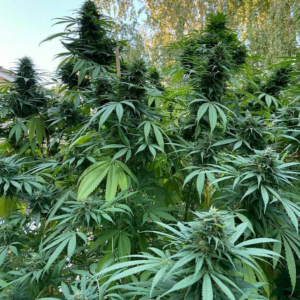
Iranian
Price range: £22.49 through £44.99 Select options This product has multiple variants. The options may be chosen on the product page -
Sale!

Iranian #2
Price range: £11.24 through £22.49 Select options This product has multiple variants. The options may be chosen on the product page -

Iranian #3
Price range: £11.49 through £22.99 Select options This product has multiple variants. The options may be chosen on the product page -

Kalamata Red
Price range: £40.99 through £81.49 Select options This product has multiple variants. The options may be chosen on the product page -

Lebanese
Price range: £19.49 through £38.99 Select options This product has multiple variants. The options may be chosen on the product page -
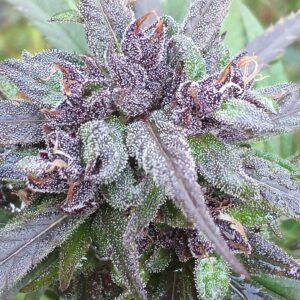
Moliotiko
Price range: £16.49 through £32.99 Select options This product has multiple variants. The options may be chosen on the product page -
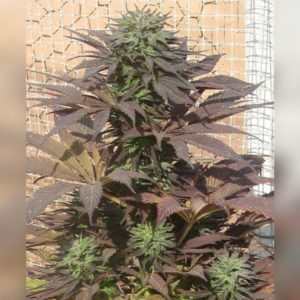
Sinai
Price range: £22.49 through £44.99 Select options This product has multiple variants. The options may be chosen on the product page -
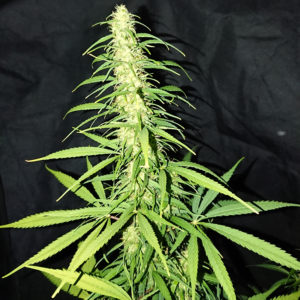
Sudanese
Price range: £23.99 through £47.99 Select options This product has multiple variants. The options may be chosen on the product page -
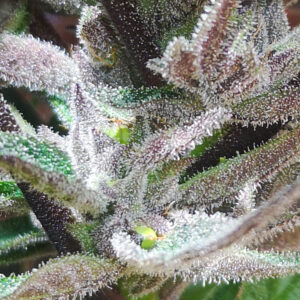
Syrian
Price range: £18.49 through £36.99 Select options This product has multiple variants. The options may be chosen on the product page -
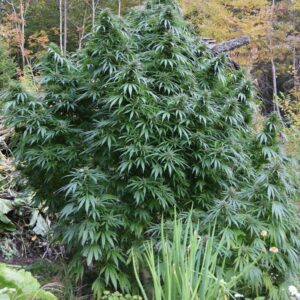
Turkish
Price range: £15.49 through £30.99 Select options This product has multiple variants. The options may be chosen on the product page